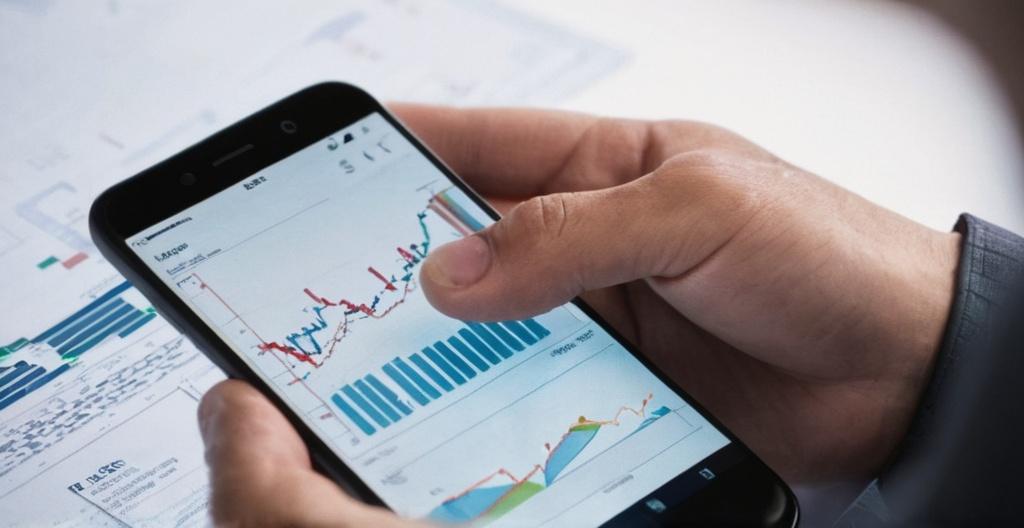Key Take Aways About Forex Trading
- Forex trading involves buying and selling currency pairs in a highly liquid, 24/5 market.
- Leverage can amplify gains and losses—use with caution.
- Chart types include line, bar, and candlestick, the latter offering detailed price info.
- Technical analysis uses indicators like Moving Averages and RSI to predict trends.
- Fundamental analysis examines economic indicators, interest rates, and geopolitical events.
- Risk management tools like stop-loss and take-profit orders are crucial.
- Emotional discipline is key; avoid greed, fear, and revenge trading.

Forex Trading Basics
Forex trading isn’t just about staring at charts and pretending you understand them. It’s a real beast, with a pulse. Imagine wanting to trade currencies without knowing what a pip is—like wanting to bake without knowing what flour is. The foreign exchange market (or forex, for folks in a rush) is the place where currencies are traded. It’s the largest, most liquid market globally, running 24/5. Forget the Hollywood image of suited traders shouting over phones; today, anyone with an internet connection can jump into the fray.
Currency Pairs and Quotes
In forex, currencies come in pairs, e.g., EUR/USD or USD/JPY. The first currency in the pair is the base currency, and the second is the quote currency. Understanding this duopoly is critical. If EUR/USD is 1.2000, it means 1 Euro is worth 1.2000 US Dollars. The difference between the buying and selling price is the spread—basically, the broker’s meal ticket. For traders in Kenya (and elsewhere) looking to understand how currency pairs behave in local and global markets, Forex.ke offers region-specific insights and updates tailored to Kenyan forex traders.
Leverage: Not Always Your Friend
Leverage sounds like a dream; it’s like saying, “Here’s $100, but hey, go ahead and trade like you’ve got $10,000.” A tempting beast that can turn your wins into mountains but can flatten you faster than a pancake if the market turns. It’s like having coffee at midnight: exhilarating, potentially unwise.
Types of Charts in Forex
Graphs aren’t just lines and colors. In forex, you’ve got your line charts, bar charts, and candlestick charts. The candlesticks, despite sounding like an item on a dinner menu, are quite informative. They display open, close, high, and low prices for a specified period. Prefect for anyone who likes their data with a side of visual flair.
Technical Analysis: Reading the Stars
Technical analysis in forex is like astrology, but for economists. You’re looking at the stars (or candlesticks and moving averages) and predicting market trends. Technical indicators like Moving Averages, RSI, and Bollinger Bands are the tools of the trade. They’re not crystal balls, but they might just help you guess right.
Indicators and Patterns
Indicators do the heavy lifting. Moving Averages smooth out price data to identify trends. RSI tells you when a currency is overbought or oversold. Bollinger Bands, sounds fun, sets the boundaries of normal price action. Patterns like ‘Head and Shoulders’ and ‘Triangles’ aren’t yoga poses—they’re patterns that suggest where the market might go.
Fundamental Analysis: The Bigger Picture
Fundamental analysis is about peeking behind the curtain. Economic indicators, interest rates, and geopolitical turmoil are your guides here. If technicals are the stars, fundamentals are the gravity. When a country releases its GDP data, the forex market watches. It’s like waiting for a new episode of your favorite binge-worthy series.
Central Bank Movements and Interest Rates
Central banks are like the directors behind the scenes. They tweak interest rates and money supply, setting the stage for currency value shifts. If the Fed (the United States’ dear central bank) hikes interest rates, the USD tends to firm up. Why? Higher rates make holding dollars more appealing, like a savings account with a little extra love.
Risk Management: Keeping Your Shirt On
Risk management in forex isn’t just a checkbox. It’s ensuring you don’t wake up one morning re-enacting the concept of being broke. Stop-loss orders, take-profit points, and the golden rule: never risk more than you can afford to lose. It’s the financial equivalent of wearing your seatbelt.
Stop-Loss and Take-Profit Orders
A stop-loss order is like setting a safety net. It’s your broker’s way of ensuring your position closes before things get too dicey. Take-profit, on the other hand, is your champagne cork. Once a trade hits a certain profit, it closes automatically, letting you enjoy your wins while sipping metaphorical bubbly.
Psychology: The Mind Games
Trading isn’t just numbers; it’s a mental game. Emotional discipline is paramount. Think Spock from Star Trek, not the Hulk. Overconfidence and impatience can be disastrous. Stick to your strategy, be stoic, and remember: the market doesn’t care about your feelings.
Common Psychological Pitfalls
Greed, fear, and revenge trading—the unholy trinity. Greed can make you hold onto positions longer than necessary. Fear can freeze you out of trades. Revenge trading is when you chase losses like a cat chasing a laser dot. Understand these beasts, and you might just survive the forex jungle.
Trading is a skill, an art, and a science. It’s a mishmash of strategies, heartbreaks, and occasional triumphs. Whether you’re a chart whisperer looking for patterns or a big-picture thinker watching economic news, the forex market has a little something for everyone. Dive in with knowledge, a pinch of courage, and a dash of humor.